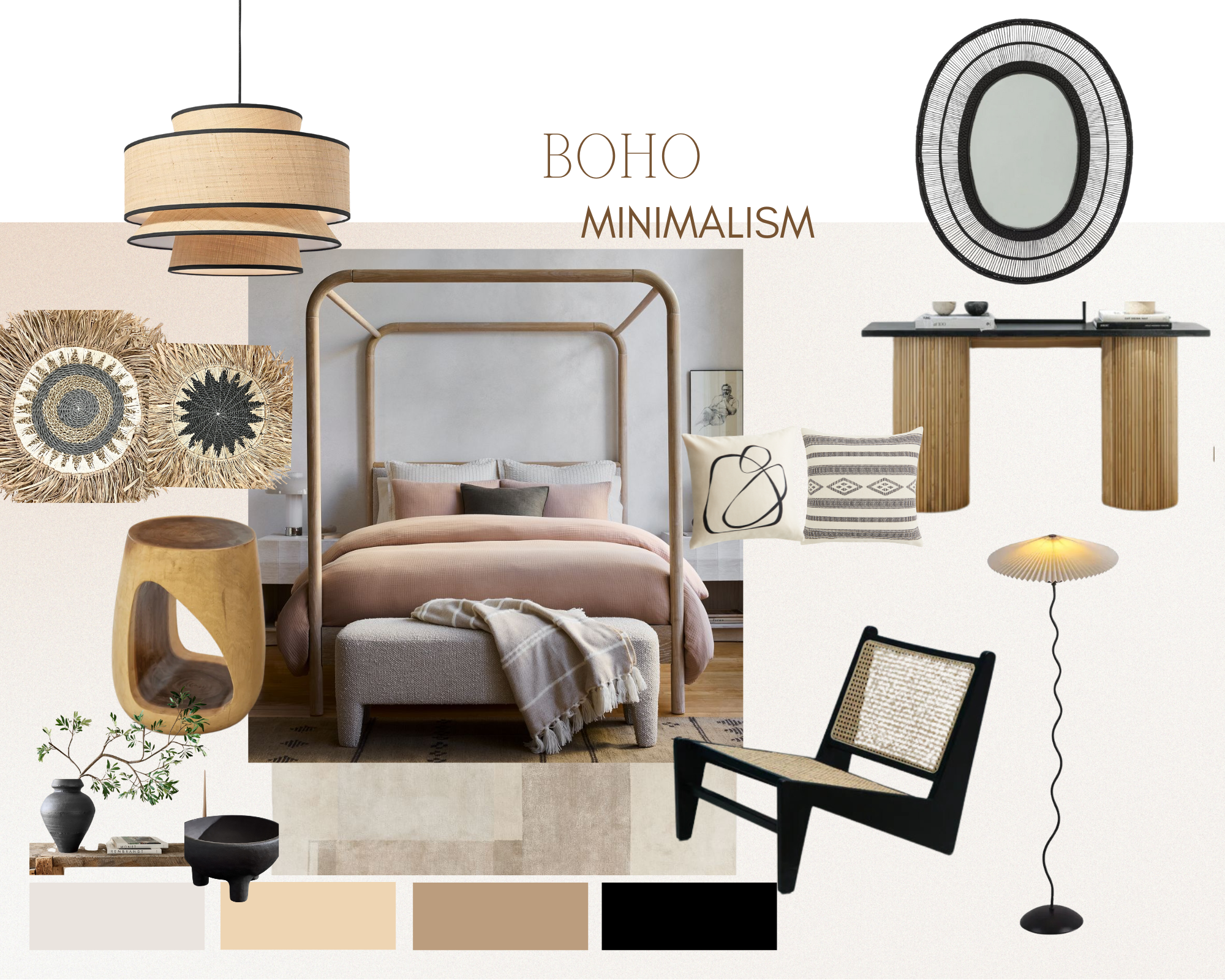What is Vernacular Interior Design?
Vernacular interior design embodies the culture, climate, and traditional craftsmanship of a specific area. It goes beyond simply imitating historical designs; it honors local materials, knowledge, and lifestyles while integrating them into modern environments. The charm of vernacular interior design lies in its sustainability, eco-friendliness, and its ability to connect spaces with their natural surroundings.
What is the Vernacular Design Approach?
At its essence, vernacular design is an architectural and interior style influenced by the local environment, cultural traditions, and available resources. It is guided by necessity rather than trends.

In 2025, the movement towards modern vernacular architecture has gained traction, especially in places like the UAE, where contemporary design merges with traditional elements to create a blend of aesthetics and functionality.
ProTip: Integrating elements of vernacular architecture from the UAE into your design not only enhances character but also supports environmental sustainability by utilizing locally sourced materials.
1. Natural Building Materials
One of the key features of vernacular architecture is the use of locally sourced materials such as stone, wood, and clay. These materials help lower carbon footprints and contribute to a unique aesthetic that reflects the region. In the UAE, materials like palm fronds, coral stone, and adobe bricks are commonly found in vernacular buildings, adding a rustic charm to modern designs.

ProTip: Choose materials that are readily available in your area for your next design project. This approach not only cuts costs but also fosters sustainability.
2. Traditional Roof Structures
Another defining element of the vernacular style of architecture is the traditional roof, which is tailored to suit local weather conditions. In hot regions like the UAE, flat roofs constructed from palm trunks and mud are preferred for their excellent thermal insulation. This method can be updated with sustainable materials while preserving the traditional look.
2. Courtyards as a Cooling Feature
The inclusion of courtyards in architectural designs is a hallmark of vernacular architecture in the Middle East. These open areas enhance natural ventilation and lessen the reliance on artificial cooling systems. In modern contexts, courtyards provide peaceful retreats while also lowering energy usage.
What are the Characteristics of Vernacular Interior Design?
Vernacular architecture is characterized by its practicality, sustainability, and connection to the local environment. These attributes reflect the cultural heritage of the region and respond to its climate, landscape, and social dynamics. Common features include the use of natural light, passive cooling techniques, and materials sourced from the local area.

4. Use of Local Craftsmanship
Vernacular designs often highlight local craftsmanship. In the UAE, detailed wood carvings, handmade tiles, and traditional textiles significantly contribute to interior design. By featuring the work of local artisans, spaces gain a unique sense of place and identity.
5. Adaptive Reuse of Historical Design
Many contemporary spaces draw inspiration from traditional vernacular architecture. For example, Majlis-style seating (the low cushioned seating typically found in Middle Eastern homes) has seen a resurgence in modern homes, particularly in open-concept living areas.
What are the Different Categories of Vernacular Interior Design Style?
Vernacular-style interior design can be categorized into several types, such as rural vernacular, regional vernacular, and modern vernacular. Each type showcases the unique characteristics of its region, influenced by historical and environmental factors.
6. Blending the Old with the New
In modern vernacular architecture, traditional design elements are skillfully combined with contemporary technologies. For instance, using classic mud-brick construction alongside solar panels exemplifies a harmonious blend of the past and present, creating sustainable living spaces.

This trend is gaining traction in Dubai’s upscale residential developments.
ProTip: Incorporate traditional structural designs with modern features like energy-efficient lighting or smart home systems.
7. Vernacular Elements in Urban Design
Contemporary vernacular architecture is increasingly being embraced in urban settings, particularly in the UAE, where traditional motifs are integrated into skyscrapers and public structures. This combination of regional aesthetics and modern building techniques imparts a distinctive cultural essence to urban projects.
Why is Vernacular Design Important?
Vernacular design holds significance as it honors the environment and cultural identity of a location. It promotes energy efficiency, climate responsiveness, and the use of sustainable materials. Additionally, it fosters a strong connection to the local community and culture, which is often absent in mass-produced designs.
8. Efficient Use of Space
A key aspect of modern vernacular interior design is the effective use of space. Traditional designs tend to be compact and multifunctional, which is particularly relevant in urban areas like Dubai, where space is limited. Modular furniture and multi-purpose rooms, inspired by traditional vernacular farmhouse interiors, are ideal for optimizing smaller living areas.
9. Open-Air Living Spaces
Inspired by traditional vernacular architecture examples, open-air living is a vital aspect, especially in warmer climates. These spaces, such as courtyards or terraces, enable residents to engage with the natural surroundings, fostering a smooth transition between indoor and outdoor environments.

What is the Concept of a Vernacular House?
A vernacular house is crafted to suit its environment, utilizing natural materials, climate-sensitive designs, and age-old construction methods. The main aim is to create homes that harmonize with their surroundings, both in functionality and aesthetics.
10. Sustainable and Low Impact Designs
The focus on sustainability has made contemporary vernacular architecture in the UAE increasingly popular. These designs incorporate renewable resources and environmentally friendly building practices. Features like solar energy, rainwater harvesting systems, and natural ventilation are hallmarks of sustainable vernacular architecture in the UAE.
ProTip: Think about incorporating sustainable elements such as energy-efficient windows or water-saving fixtures to merge modernity with vernacular styles.
Conclusion
Vernacular interior design presents a unique approach that blends local traditions with modern influences. By using locally sourced materials, honoring traditional craftsmanship, and prioritizing sustainability, vernacular designs offer both visual appeal and functionality. As we approach 2025, anticipate a greater integration of these elements in residential and commercial spaces.
Actionable Tip: To infuse these timeless features into your home, contact Euphoria Interiors for expert advice. Our team excels in merging modern vernacular interior design with contemporary styles, customized to your individual vision.




